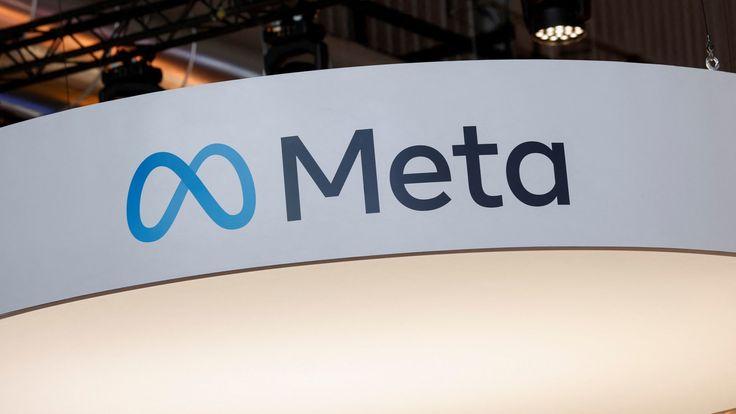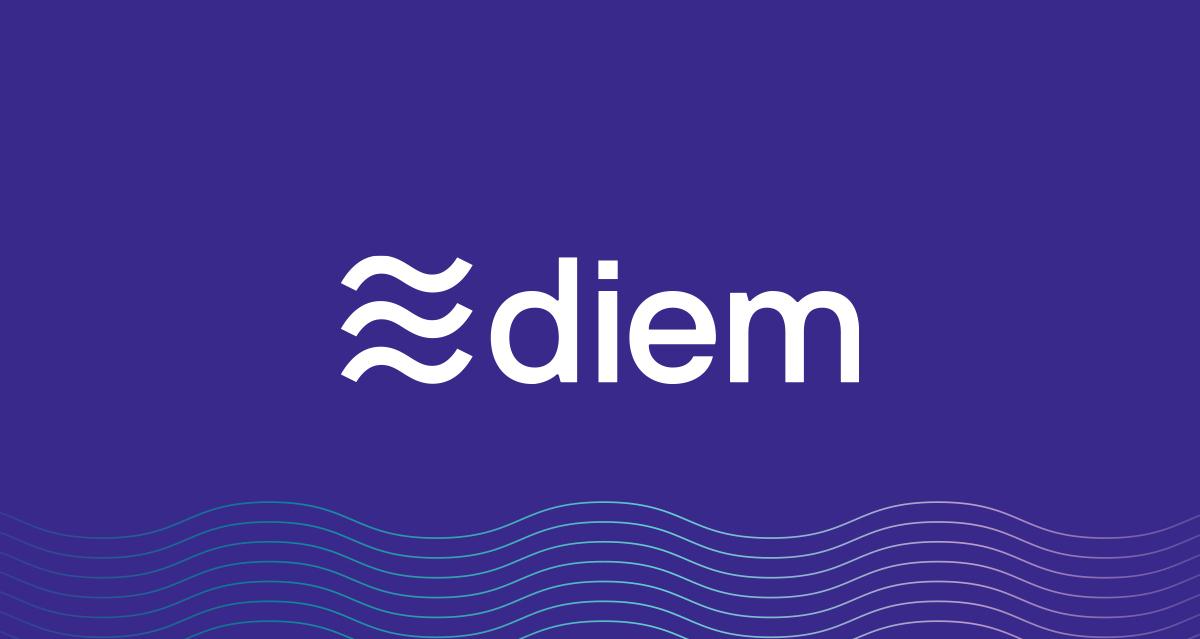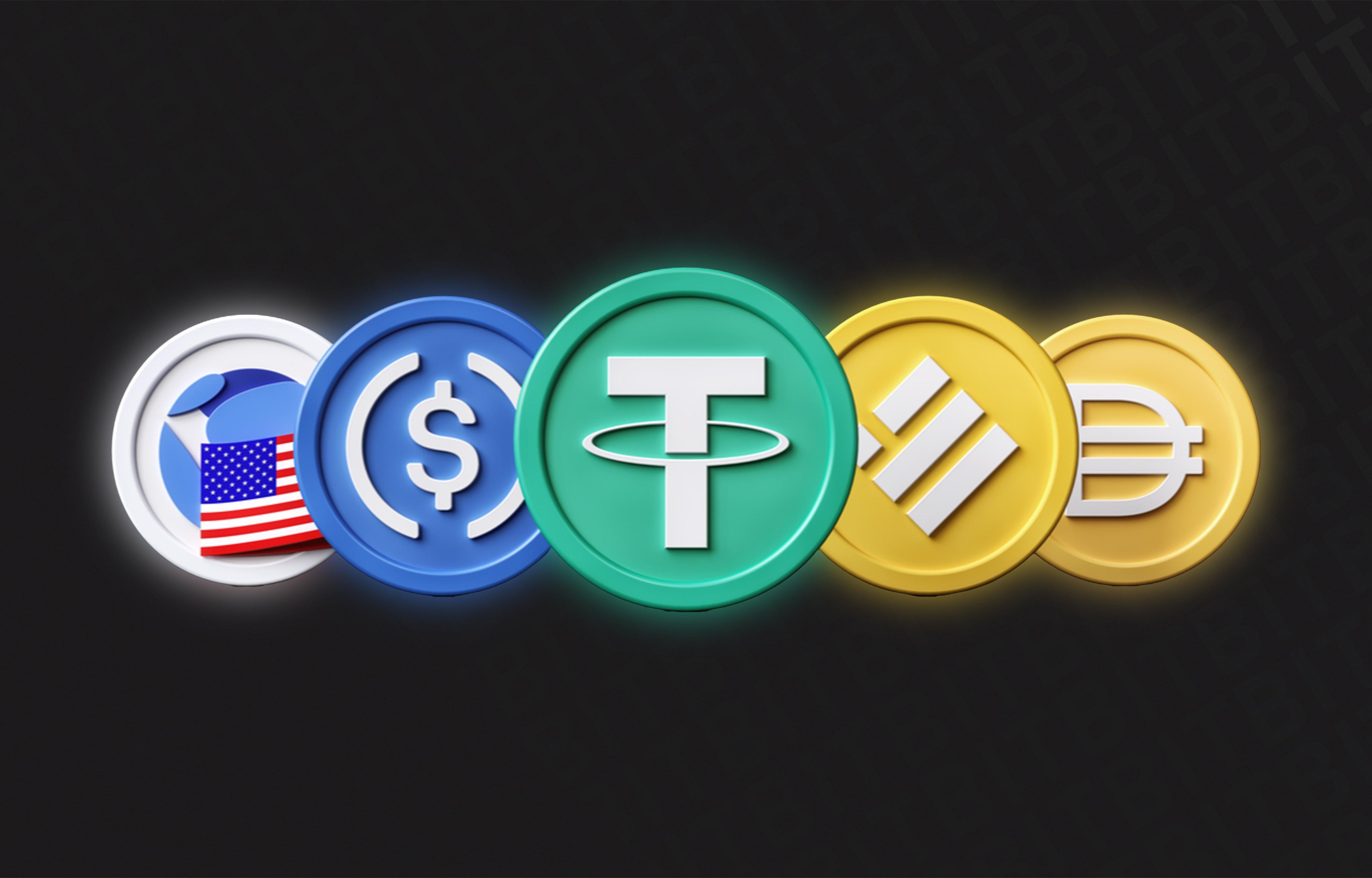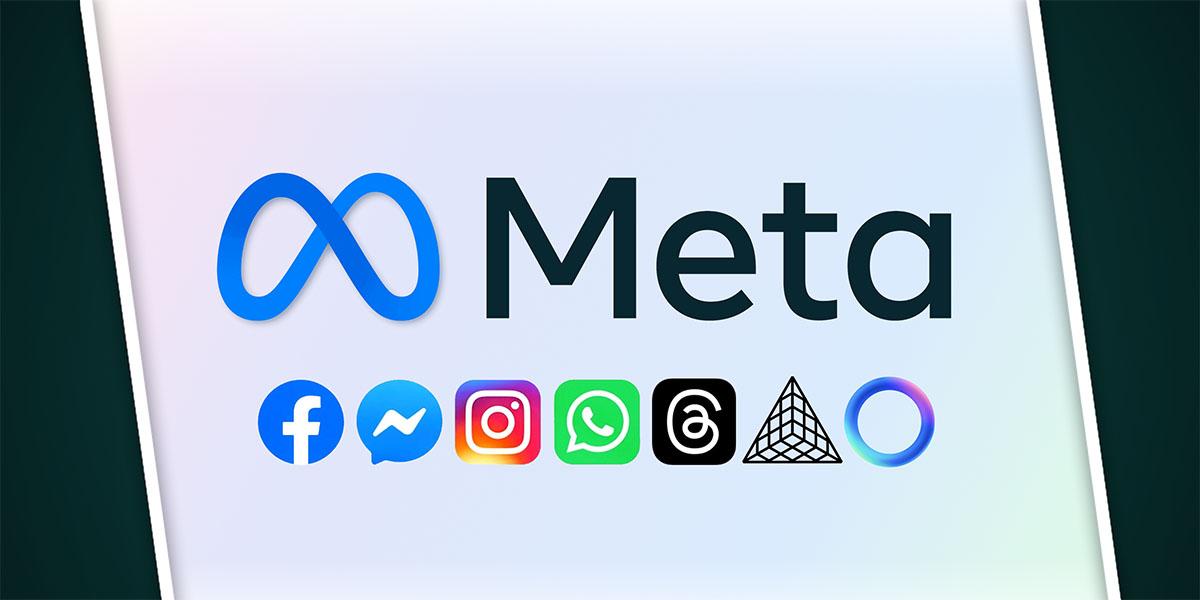



In the ever-evolving landscape of digital finance, the concept of stablecoins is gaining renewed attention as a potential game changer in the realm of online payments. Meta, the tech giant formerly known as Facebook, appears to be revisiting this innovative financial instrument years after its tumultuous foray into the crypto world with the Diem project. Following the decision to abandon its aspirations for a global digital currency, Meta is reportedly exploring the use of stablecoins as a strategic means to streamline payment processes and reduce costs. This exploration signals not only a shift in the company’s financial strategy but also highlights the persistent allure of stablecoins in an era where efficient and cost-effective transactions are more critical than ever. As Meta navigates this new chapter, questions arise about the implications for both the company and the broader financial ecosystem.
In a strategic pivot from the failures of the Diem project, Meta is now setting its sights on the promising realm of stablecoins to enhance its payment systems further. The goal is straightforward yet ambitious: to substantially lower transaction costs and create a more seamless financial ecosystem for users. By leveraging blockchain technology,Meta aims to establish a payment method that could potentially streamline cross-border transactions,reduce fees associated with currency conversions,and foster a more inclusive financial landscape for its vast user base. This initiative also aligns with the growing trend of digital currencies, indicating a shift towards more modern financial interactions on social media platforms.
To effectively navigate the complexities of launching a new stablecoin,Meta is likely to focus on several key areas:
The implications of this initiative are profound. Not only could it change the way users conduct transactions within Meta’s platforms, but it could also set the stage for a broader acceptance of stablecoins globally. The success of this endeavor will be monitored closely, as it could influence the future direction of digital currencies and their integration into everyday commerce.

In examining the demise of the Diem project, several critical lessons emerge that highlight both the challenges and opportunities in the realm of digital currencies. The ambitious initiative faced meaningful regulatory scrutiny and a lack of public trust,resulting in a rocky path toward implementation. Key takeaways include:
Reflecting on these lessons, Meta’s renewed interest in exploring stablecoins signifies a strategic pivot that considers past missteps while aiming to reintegrate digital financial solutions into global commerce. To that end, it might potentially be beneficial to evaluate potential frameworks that address previous challenges:
| Framework Aspect | Lessons from Diem |
|---|---|
| Regulatory Engagement | Proactive dialogues with regulators to understand requirements. |
| Consumer Education | Invest in outreach to build user knowledge and trust. |
| Adaptive technology | Flexible infrastructure to adapt to changing regulations. |

As digital transactions continue to evolve, companies are seeking innovative solutions to streamline their payment processes and decrease costs. Stablecoins, which are cryptocurrencies pegged to stable assets like fiat currencies, offer promising avenues for this change. With their reduced volatility, they can facilitate near-instantaneous cross-border transactions, significantly cutting down on the fees associated with traditional payment systems. By integrating stablecoins, businesses can not only lower transaction costs but also avoid the lengthy settlement times that often plague international payments. Enhancing liquidity and reliability in transactions, stablecoins could revolutionize the way companies like Meta handle financial exchanges.
The shift toward stablecoins could also lead to a more transparent and efficient payment ecosystem. As an example, they often come with lower operational complexities when compared to standard banking processes. Consider the following advantages:
embracing stablecoins not only forwards the goal of reduced payment costs but also promotes a competitive landscape where innovation thrives. With stablecoins leading the charge, companies like Meta are uniquely positioned to leverage these digital currencies, ensuring efficiency and cost-effectiveness in their payment solutions.

As Meta ventures into the world of stablecoins, it is indeed essential for the company to prioritize transparency and regulatory compliance. By engaging with regulators proactively, Meta can not only mitigate potential legal risks but also foster a sense of credibility among its user base. Establishing an ongoing dialogue with regulators will accomplish two key objectives: enhancing user trust and navigating the complex landscape of digital finance. In particular, Meta should consider forming a dedicated compliance team focused on cryptocurrency to ensure ongoing adherence to the ever-evolving regulations.
Moreover, building partnerships with established financial institutions can offer valuable insights into best practices for security and compliance. This collaboration can lead to effective strategies for integrating stablecoins into Meta’s payment ecosystem without compromising user privacy or safety. Key actions include:
By focusing on these areas, Meta can significantly improve its position in the competitive digital payment landscape while also addressing regulatory concerns head-on.
As Meta navigates the evolving landscape of digital currencies, the exploration of stablecoins marks a significant pivot in its financial strategy. Years after the Diem initiative met its challenges and ultimately fizzled out, this new endeavor signals a blend of resilience and adaptation in the face of shifting market dynamics. By seeking to leverage stablecoins to streamline payment processes and reduce costs, Meta not only aims to enhance financial inclusivity but also to reclaim its footing in the digital payment arena.The journey ahead will undoubtedly be fraught with complexities, yet it is indeed a testament to the potential of innovation in reshaping the way we think about money and transactions. As Meta forges ahead, the implications of its stablecoin exploration will be closely watched by industry experts and consumers alike, underlining the ever-evolving narrative of technology and finance.